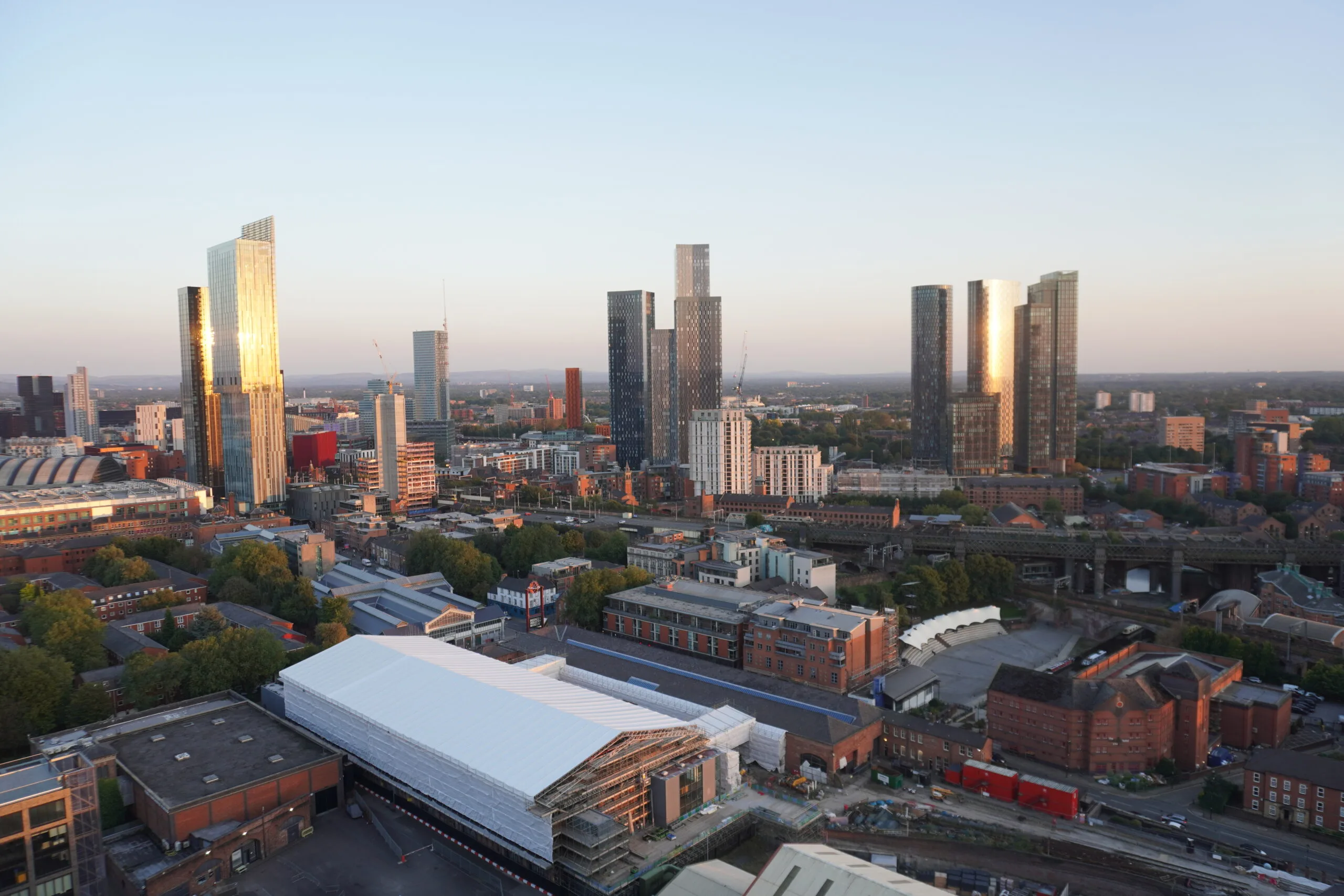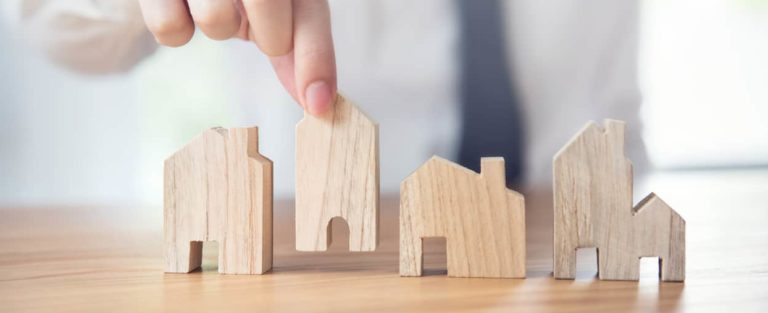To achieve the best returns, property investors need to look at all aspects of their investment, but there are some reasons why focusing on yields could be a key strategy right now.
Most people who bought property in the UK 10 or 20 years ago, whether as a homeowner or for investment purposes, will have achieved capital growth when looking at the value of the property today. For many, the increase will have been significant.
For those property investors who hold onto their investment and rent it out as a buy-to-let, rental yields are something else to take into account when looking at the overall income made. And it seems that, in the current climate, this side of an investment’s potential could be even more important.
Over recent years, mortgage costs have been extremely historically low. This means that even low-yielding properties have brought in decent profits for the landlord, particularly if maintenance costs are also low on the home. Investors have therefore been able to prioritise a property’s potential for capital appreciation over its rental yields.
However, as mortgage rates have ramped up over the past few months, landlords may need to reassess their investments. It may be more difficult to make a reasonable profit after costs, while house prices may also level off in the short-term – meaning property investors may also need to hold onto their investments for longer to achieve the same results.
Property investors need 5% yields
You can work out your gross rental yield by taking your total annual rental income (or estimated rental income) and dividing it by the price you paid (or will pay) for the property, then multiply by 100 to find the percentage.
So, for example, if you expect to achieve rent of £12,000 per year, and you paid £250,000 for your property, your gross yield would be 4.8%. To work out net rental yield, take off any annual costs from the total income amount, such as mortgage and insurance costs.
According to some recent research from Hamptons, buy-to-let property investors should be targeting yields of at least 4% in order to make a profit after current mortgage costs. Of course, cash buyers can be more flexible on their yield goals, and this has become a more popular buying method in some areas.
The report bases this yield minimum on the average lower-rate taxpayer landlord (or limited company) with a £200,000 rental property on a 60% loan-to-value mortgage on the current average interest rate. Hamptons notes that, back in 2020, yields could be as low as 2% and the owner would still make a profit, on paper.
Thankfully, as rents have continued to climb over the years across most of the UK, most landlords have benefitted from rising yields, which “will help cushion the blow of higher mortgage costs”, says Hamptons. However, those buying property with mortgages in the coming months must be more mindful of yield potential to cover the costs.
Focus on the long-term
Property investment has always been viewed as a “long game” by most investors, aside from those who opt to flip property by buying at a low price, renovating and selling on quickly at a higher price. The longer you own a property, the more its value is likely to have increased, maximising your final returns.
As Hamptons points out, yields have overtaken capital appreciation in terms of their importance when it comes to profits, but the same rule still applies when it comes to the longevity of an investment.
“With yield becoming more important than ever, capital growth is taking more of a backseat. However, it’s important to note that existing investors have made significant gains – typically, the longer an investor has owned a buy-to-let, the more time they’ve had to benefit from rising house prices.
“Assuming they haven’t withdrawn any equity, their loan will be proportionately smaller compared to the property’s value today than when they bought, meaning their LTV will be lower. The average lower-rate taxpaying landlord who bought five years ago will have paid around £155k for a property that’s now worth £200k.
“House price growth has meant their 75% LTV mortgage of £116k taken out in 2017 now equates to 58% of the property’s current value. On paper, this means they’ll likely turn a profit of £2,070 when re-mortgaging at a rate of 4.84%, the average rate in February 2023.”
At BuyAssociation, we specialise in helping property investors access some of the most exciting projects across the UK, with high yield expectations. If you buy off-plan, you can also maximise your investment’s potential for capital growth. Get in touch today for more information.










